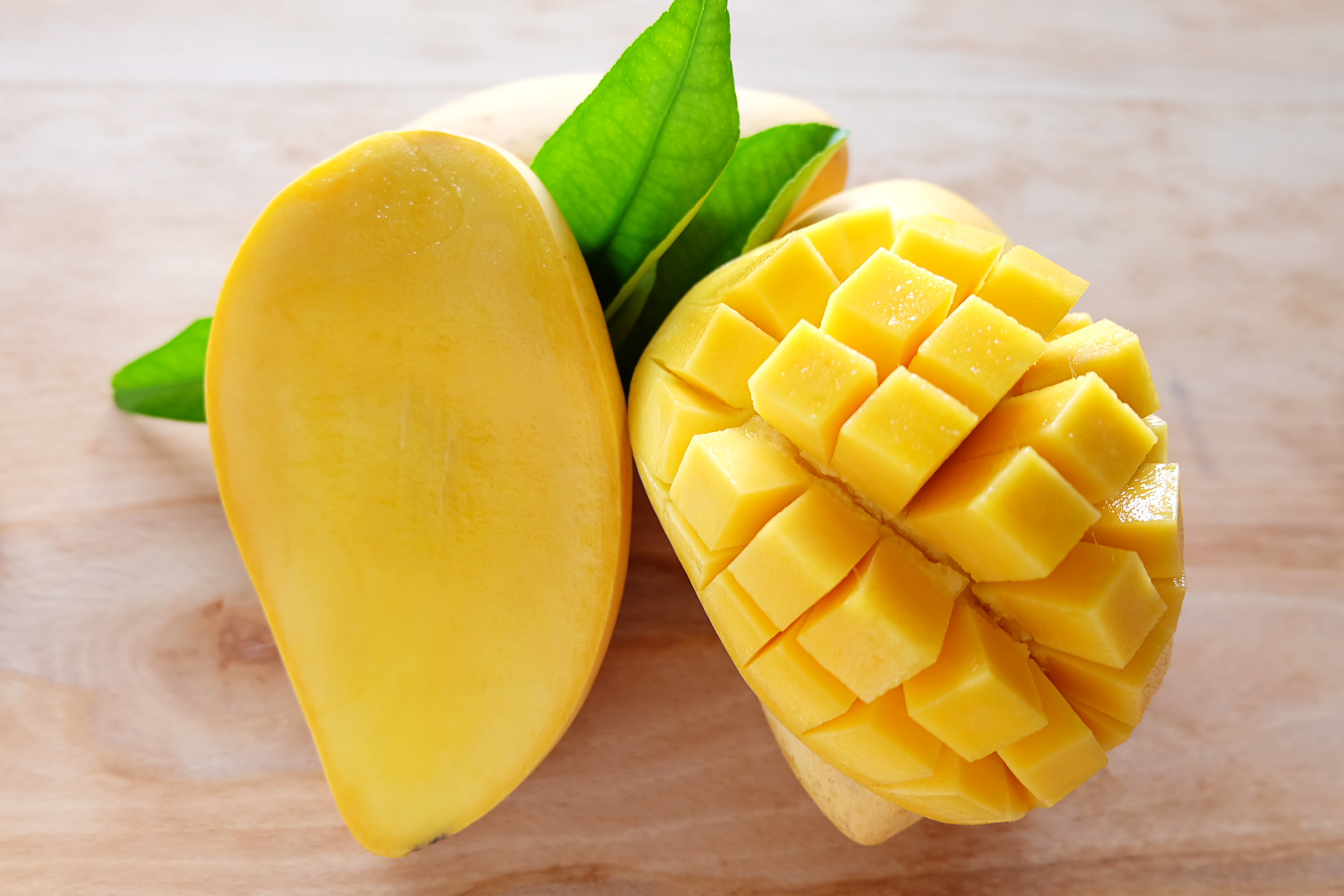Thai Mango Springs Back into Exports
The mango season in Thailand is on its way, for which peak harvests are from mid-March to April. However, farmers and traders alike have shared concerns over the recent outbreak of the coronavirus, as orders for mangoes have already plummeted in major importing countries in Asia. On the other hand, exporters remain optimistic as Chinese demand, a top importer of Thai fruits is starting to recover. Thailand’s government has also mobilized an order to promote Thai fruit exports in the hope that the domestic market will curb the export deficit.
Mango Exports to Increase in the 2020/2021 Season
Thailand’s mango exports had been on the incline for the past five years, with a slight decrease last year of 58.5 million kg in exports compared to 2018 of 63.2 million kg due to low rainfall. In the 2020/2021 season, however, overall Thai fruit exports are expected to increase by 10%, from 2.8 million metric tons in the previous year to 3 million metric tons. Exports have largely benefited from China, due to a shift in consumer purchasing tendencies and increasing income levels, as customers incorporate more fruits into their diet.
Nam Dok Mai Variety Remains a Classic Favorite
The Nam Dok Mai mango variety has consistently beaten other varieties for its sweet taste as well as its larger size. Known domestically for its usage in Thai sticky rice, it had been first mango variety introduced in the Japanese market in 2009, and then the South Korean market, for which it saw huge success. South Korea alone imports 1.8K tons of Nam Dok Mai mangoes annually and is at the forefront of Thai mango imports. In 2018, Thailand’s export value increased by 62% from the previous year to be worth USD 63.31 million, which was mainly attributed to the large demand from South Korea. Japan and South Korea have strict standards toward mango imports, leading to its hefty prices. Export prices to South Korea were at USD 2.80-3.60 per kg, with Japan at USD 3.60 per kg. This is comparably higher than export prices of fresh mangoes to Vietnam and Malaysia which were at USD 0.20 per kg.

China had traditionally imported only 200 tons of Nam Dok Mai mangoes annually, which is soon set to change, as the export value to China has steadily increased at a rate of 10-20% per year, and reached an export value of USD 4.51 million in 2018, comparable to a value of USD 2.82 million in 2016.
Thailand Regains Traction in Exports Through China
Since the rapid spread of the coronavirus in Asian countries, Thai mango exports have been nearly halved, and prices have dropped from USD 2.22-2.54 per kg to USD 1.27-1.60 per kg. Currently, Thailand is unable to export to South Korea, Japan, and Europe as airlines have limited operations. However, China is now on the road to recovery. According to the Thai Fresh Fruit Traders and Exporters Association, China’s logistics are expected to resume its normal state by April. Thailand’s government has also teamed up with China in order to make cross-border shipments and inspections faster.
Thai Government to Support Mango Sales
Although Thailand is focusing on regaining lost exports to China, it has also put emphasis on aiding domestic producers and diversifying its markets. The government has played a major role in this shift by creating multiple partnerships with low-cost airlines to allow passengers to carry 20 kg of free fruits on board, and with the Thai Postal Company to transport mangoes along with the post route. With the decrease in domestic consumption, a “Thai Fruit Peddling Car” has also been established for consumers to request purchases of fruits and have it delivered directly to them. Additionally, the Thai government has made efforts to provide financial support to exporters by providing 3% subsidies for six months.

Farmers have also been encouraged to promote their products on e-commerce channels. In South Korea, there is already a demand increase in the market for processed Thai mangoes online. However, Thailand is looking to expand exports in existing markets as well, such as to Laos and Vietnam. Australian demand, although smaller in comparison, has also been stable despite the outbreak.
Sources
- Bangkok Post. " In Praise of Mangoes."
- Bangkok Post. "Fruit Exports have Sure footing as Demand Persists."
- Produce Report. "Mango Nam Dok Mai: A Global Favorite that Must be Tried, at Least Once in a Lifetime."
- FAO. "Major Tropical Fruits: Preliminary Market Results 2019."
- Prachachat. Translated from Thai."COVID Mango Plantation Loses More than 2.5 Billion Dread."
- Prachachat. Translated from Thai."Jurin through COVID-19 Led an Army of 70 Fruit Export Companies Matching Business with Importers in 13 Countries. Expected to Sell Over 1,500 Million Baht."
- RYT9.Translated from Thai."Agriculture has Accelerated to Find Markets and Ways to Support the Products that Help Farmers Affected by COVID-19."
- RYT9. Translated from Thai."Golden Nam Dok Mai Mango, Khon Kaen Province, a New Alternative Economic Crop Pressure to Export to Foreign Markets."
- Trade Data. "Thailand Exports of Fresh Mangoes."
- The Nation Thailand. "Ministry Told of Disruption to Thai Fruit Export."





